Historical Architecture of Grosse Pointe – David C. Whitney house, aka “Ridgemont”.
At the beginning of the twentieth the architects who were commissioned to create the great homes in Grosse Pointe were becoming just as important as the men who were hiring them. The ‘era of the mansions’ had brought some of the nations most noted architects to the community – Albert Kahn, Charles A Platt, Robert O. Derrick, George D. Mason and Alexander Trowbridge to name but a few.
Architects were beginning to have carte blanche, money was no object and decoration was essential. Each year brought more beautiful homes to the lakefront. In 1902 architect Walter MacFarlane got his chance when banker, and real estate developer David C. Whitney (son of David Whitney Jr, owner of the house on Woodward, now known as The Whitney) commissioned “Ridgemont” at 237 Lake Shore Road.
Walter MacFarlane, born in Cold Spring, New York, 1859 and was educated in Detroit. He was not college-trained in architecture, but landed a job in the architect’s office of Mr, Lloyd in Detroit. In 1885 he co-founded Rogers and McFarlane (with James S. Rogers), which would maintain offices in the City for almost thirty years. The majority of their commissions came from Detroit and southern Michigan and between them they were responsible for the design of many office buildings, banks and factories in the downtown area including the Morgan & Wright Bicycle Tire Company plant (later Uniroyal) the Cadillac Motor Works, the Murphy Power Plant on Congress Street (purchased by Detroit Edison in 1914) along with a number of beautiful residential buildings in and around the local community.
David C. Whitney’s new home was one of several white clapboard Colonial Revival homes that were being built in Grosse Pointe at that time. Along with the William C. McMillan house (designed by Mason and Rice) it was described as being one of the most formal and stylistically pure of these homes. The formal emphasis for Walter MacFarlane’s creation undoubtedly came from the White House in Washington. The home featured a two-storied portico (often found in the Old South), which was extremely popular at the turn of the century, and included two levels of veranda in the central portico and sunrooms at either end of the building.
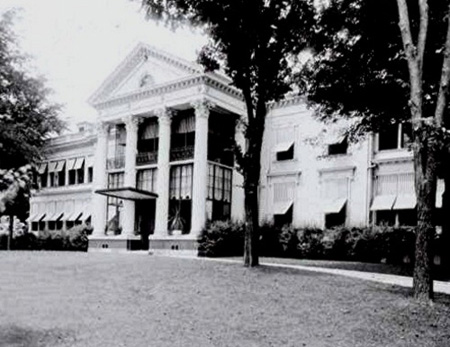
Inside the home Whitney’s soft spot for treasures of the Orient was evident in his famous Oriental room, which featured teakwood tables, bronze Buddha’s, temple bells and Chinese miniature art objects. His wife however, favored French décor and her bedroom was a painstaking replica of Marie Antoinette’s at Versailles.
The David C. Whitney house was one of the earlier mansions to be built on Lake Shore and it was also one of the first to come down. Prior to being demolished in 1954 it was opened to the public for a sale of the furnishings.
The property was later added to an adjoining estate, and in 1966 Robert Hudson Kanzier, the son of Ford executive turned banker Ernest Kanzler commissioned a new mansion on the site.
Like many of the lost mansions of Grosse Pointe “Ridgemont” may be long gone but it’s certainly not forgotten.
Written by Katie Doelle
Copyright © 2015 Katie Doelle


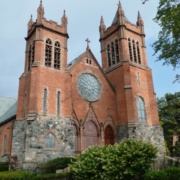
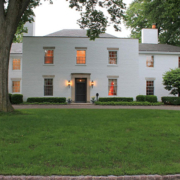
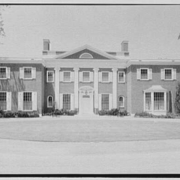
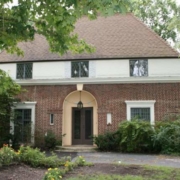


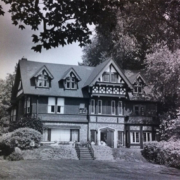
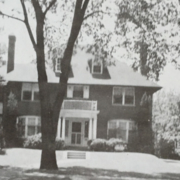
Leave a Reply
Want to join the discussion?Feel free to contribute!